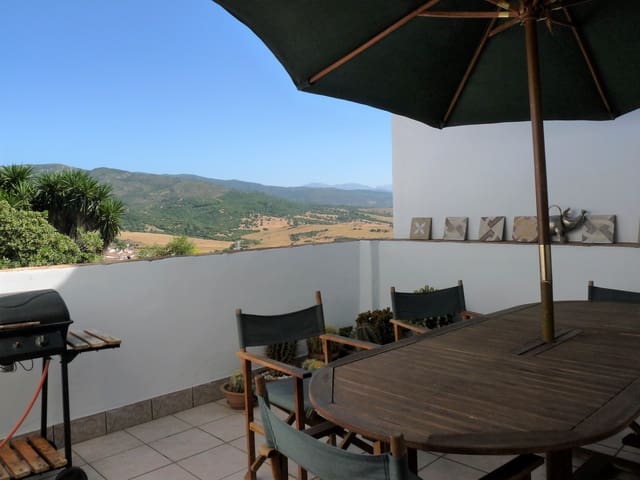
MADRID, Sept 16, 2021 (BSS/AFP) - Experts were keeping a close watch
Thursday on a volcano in Spain's Canary Islands which last erupted 50 years
ago after observing an upsurge in seismic activity and magma displacements.
The earthquake swarm under La Cumbre Vieja on La Palma island began on
Saturday and since then, there have been almost 1,000 tremors, the strongest
with a magnitude of 3.4, the Involcan vulcanology institute said.
An earthquake swarm is a sequence of seismic events occurring in one
place within a relatively short period of time.
"An intensification of the type of seismic activity in the coming days
cannot be ruled out," it said.
The Spanish government's office in the Atlantic archipelago said the
situation "could change quickly in the short term" but stressed there was "no
clear evidence that suggested an eruption was imminent".
Cumbre Vieja is an active although dormant volcanic ridge in the south
of La Palma that has erupted twice in the 20th century, first in 1949 then in
1971.
The authorities had on Tuesday raised the alert level from green to
yellow, the second of four levels, in certain areas around the volcano,
meaning civil protection officials must inform the public "to take
precautions ahead of a possible volcanic eruption", the Pevolca emergency
plan says.
Involcan said all of the quakes had been shallow, and a "significant
ground deformation" as a result of "a small volume" of new magma flowing into
the reservoir underneath the volcano, which amounted to 11 million cubic
metres.
"Undoubtedly the current seismic swarm represents a significant change
in the activity of the Cumbre Vieja volcano and is related to a process of
magmatic intrusion beneath the island of La Palma," it said.